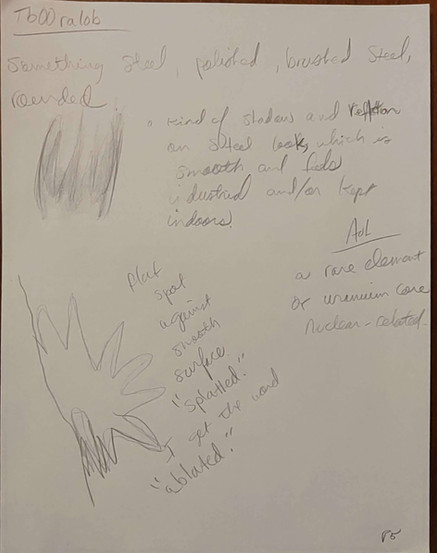
Remote Viewers: John Adams and Henrietta Hadju
Tau Boötis b is an extrasolar planet discovered in 1996 and located 51 light years away from Earth. It is thought to be extremely hot and close to six times the size of Jupiter.
On December 16, Astronomers at the Low Frequency Array (LOFAR) in the Netherlands detected radio signals from the same area of the planet.
“We present one of the first hints of detecting an exoplanet in the radio realm,” said Dr. Jake Turner, an astronomer in the Department of Astronomy and Carl Sagan Institute at Cornell University and the Department of Astronomy at the University of Virginia.
“The signal is from the tau Boötes system, which contains a binary star and an exoplanet.”
“We make the case for an emission by the planet itself. From the strength and polarization of the radio signal and the planet’s magnetic field, it is compatible with theoretical predictions.”
“If confirmed through follow-up observations, this radio detection opens up a new window on exoplanets, giving us a novel way to examine alien worlds that are tens of light-years away,” said Professor Ray Jayawardhana, an astronomer in the Department of Astronomy and Carl Sagan Institute at Cornell University.
Using the LOFAR radio telescope, Dr. Turner, Professor Jayawardhana and their colleagues observed three planet-hosting systems: tau Boötis, 55 Cancri and Upsilon Andromedae.
Only the tau Boötes system exhibited a significant radio signature, a unique potential window on the planet’s magnetic field.
“Observing an exoplanet’s magnetic field helps astronomers decipher a planet’s interior and atmospheric properties, as well as the physics of star-planet interactions,” Dr. Turner said.
“The magnetic field of Earth-like exoplanets may contribute to their possible habitability by shielding their own atmospheres from solar wind and cosmic rays, and protecting the planet from atmospheric loss.”
“There remains some uncertainty that the detected radio signal is from the planet. The need for follow-up observations is critical,” he said.

"Any life that even tried to get started on tau Boo b would have been blowtorched away long ago. But the same researchers are now refining their methods, hoping to be able to detect signals from planets in more distant orbits around other stars, where the infrared readout would be dimmer, but the temperatures much cooler. Get cool enough and all that water vapor could precipitate out as liquid, settling—perhaps pooling—on the surface of the world. In pools like that, interesting things happen.” [2]

Interestingly, astronomers detected the presence of water on the planet in 2014 (an unknown fact before starting this project). However, due to the hot temperatures at this time it would be difficult to expect water to exist anywhere except as water vapor. That does not mean that life did not, at one time, exist on the planet. It could be that our data is too incomplete or not accurate enough at this time, or there could be another missing piece to the puzzle. Was the planet pushed into a closer, faster orbit around its sun? Is it cover in cloud and gas but containing a hard surface below, and would it be safe to inhabit beneath surface? For now we can only look at these brief results and speculate. In the very least, the sessions did appear to point toward characteristics of a seemingly strange place, possibly somewhere off-earth.

John's session depicted lots of rocky features, sand, water, the color blue and strange moon-like rocks. It also indicated fine dust, a cloudy haze, a place difficult to breathe in, possible radiation and a dark mark with an impression of being "ablated". Henrietta's seemed to indicate a hard surface with a meteor coming toward it. In her prior warm up session, she showed an actual impact. Her session mentions the terms airy, gassy, energetic, rocky, sandy, lava-like, and referenced the word atmosphere.

Here are the results.
John:
Henrietta:
Sources:























Comments